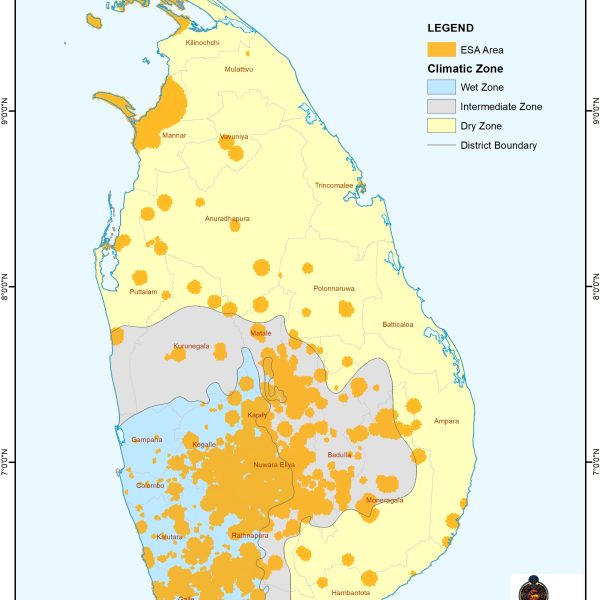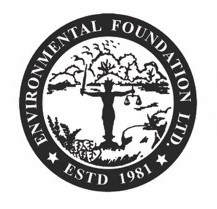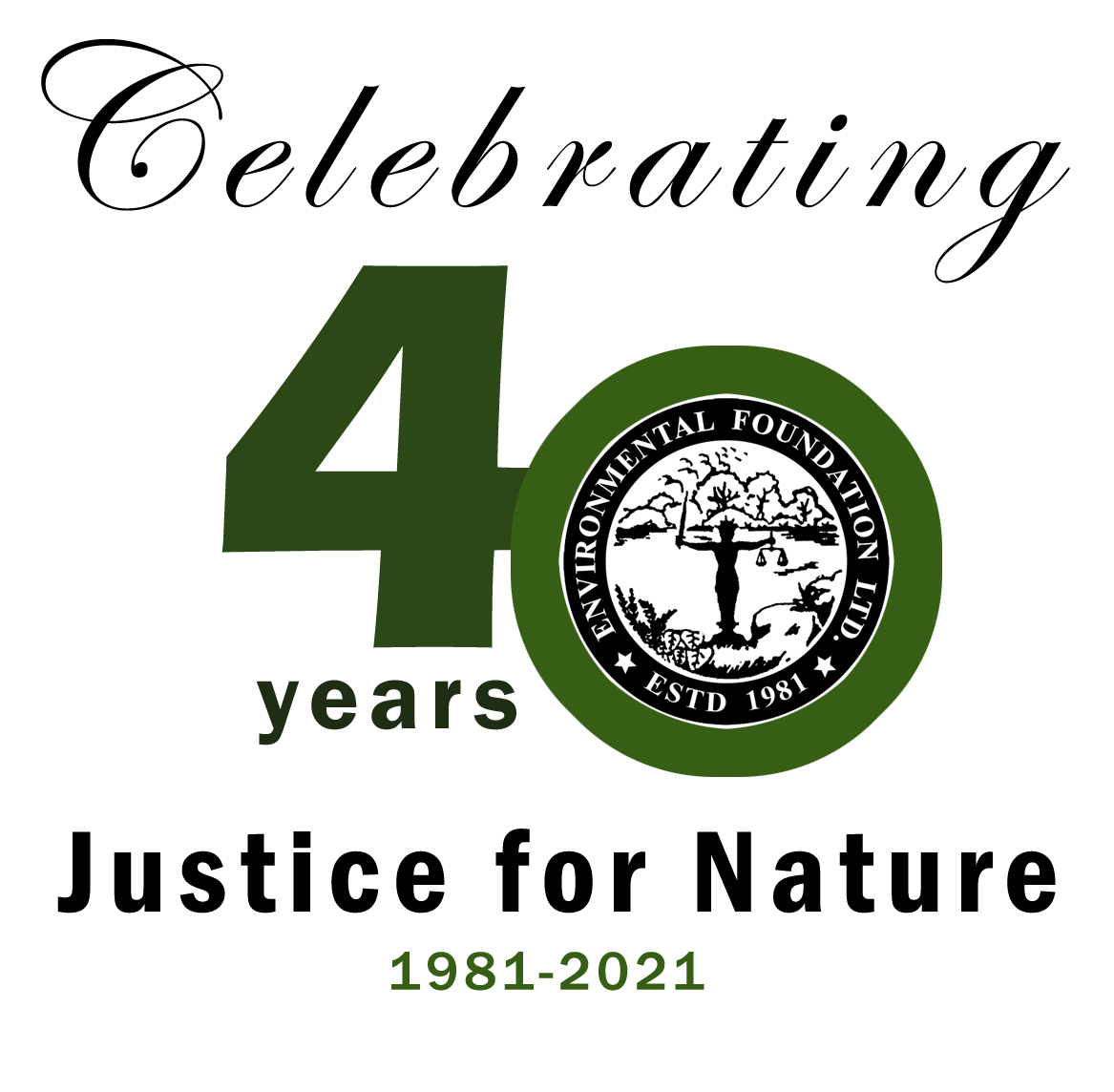
Project Period : April 2021 – Ongoing
Project partners: National Biodiversity Secretariat of Sri Lanka, Ministry of Environment
Funded by: Deutsche Gesellschaft für Internationale Zusammenarbeit (GIZ) GmbH
Project brief:
This project will value Sri Lanka’s biodiversity, including ecosystem services, to integrate important conservation areas into development plans. This will help meet the National Biodiversity Strategic Action Plan 2016-2022 (NBSAP) targets and lead towards achieving Sustainable Development Goals (SDGs). It will also contribute to minimizing the detrimental impacts on the environment, enhance the societal benefits provided by ecosystems for human well-being, and help build governance stability. The National Physical Plan 2017-2050 (NPP) will be used to analyse and identify important conservation areas in Sri Lanka to avoid further degradation and loss of important habitats and ecosystems. This project aims to create a quantifiable index to identify critical habitats based on biodiversity values, including those contributing to socio-economic well-being.
We will work with policymakers and government departments, from the environmental and wildlife agencies to development agencies, and biodiversity experts who will be encouraged to share data so that critical environmental problems can be identified and addressed. For socio-economic data, the metrological, disaster management, and census departments will be integral to provide data such as population density, poverty, climate vulnerability and scenarios. We will also share and socialize the database with the local government land-use planners to integrate important conservation areas into land-use planning databases at all scales. EFL has had previous experience working with district-level land-use planners and has provided training programmes on assessing important biodiversity areas.
Further, the project directly corresponds very closely to work commenced as part of the ESA scale-up project. Hence, the project will work closely with the Biodiversity Secretariat, Ministry of Environment, to achieve these national and global commitments.
Project outcome:
The project will promote the integration of biodiversity and ecosystem values into national land use development plans to ensure environmental conservation and societal welfare. For this purpose, an index on biodiversity and ecosystem values will be developed as well as a guidelines framework. Key agencies will be enabled and encouraged to make environmentally, ecologically sensible decisions safeguarding the environment and livelihoods.
Expected project outputs:
- Creation of a compendium of spatial maps representing geographic regions suitable for various land uses, including conservation and development.
- A guidelines framework for land use planning containing the index of overall conservation and development value is jointly produced for reference by national policy makers.
- Creating a platform with the methodology and the guidelines framework made accessible to the broad professional public
- present the results and findings of the analysis conducted in preparing the outputs of the project as a research publication.
Updates
In our comprehensive Fauna Analysis, we have successfully identified 100 environmentally sensitive areas (ESAs) using a meticulous approach. The analysis focused on eight selected animal groups: mammals, birds, reptiles, amphibians, freshwater fish, butterflies, odonates, and land snails.
These groups were evaluated based on three crucial parameters within each 1km² grid cell:
-
- Richness – the richness of range-restricted species listed through the consensus of the expert group.
- Endemism – weighted endemism calculated for all the range-restricted species.
- Rarity– corrected weighted endemism calculated for all the range-restricted species.
The assessment drew upon data from the National Red List (2012) database, supplemented by recent insights from fauna experts. Noteworthy results emerged, revealing the existence of 251 range-restricted species in Sri Lanka, with 197 of them being endemic to Sri Lanka.
The identified ESAs will be recommended to be declared as Protected Areas under the Forest Department (FD) and Department of Wildlife Conservation (DWC) in the Future and Land Use Policy Planning Department (LUPPD) will use these data for future development plans in Sri Lanka for sustainable development.
As the project progresses, currently the project is working on the same analysis for flora sector in Sri Lanka and identifying the water-based environmental sensitive areas in Sri Lanka. Also, we anticipate developing a guideline framework for the identified ESAs to enhance the protection of biodiversity and also serve as a valuable resource for future land-use planning and sustainable development initiatives in Sri Lanka.

Figure 1: Final spatial map based on selected range- restricted Fauna species in Sri Lanka






